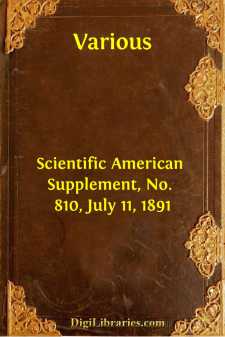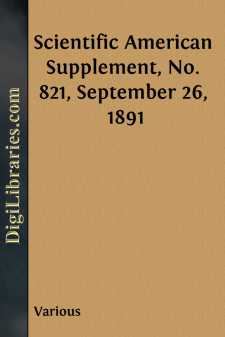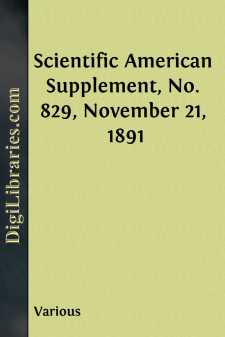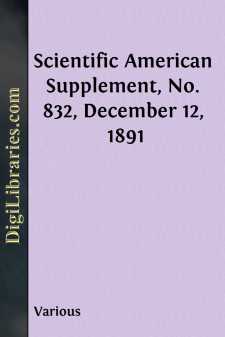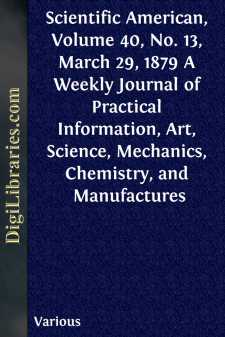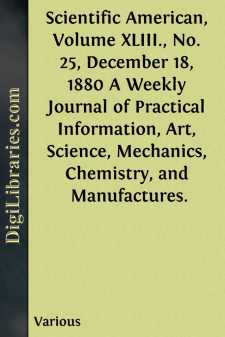Categories
- Antiques & Collectibles 13
- Architecture 36
- Art 48
- Bibles 22
- Biography & Autobiography 813
- Body, Mind & Spirit 142
- Business & Economics 28
- Children's Books 17
- Children's Fiction 14
- Computers 4
- Cooking 94
- Crafts & Hobbies 4
- Drama 346
- Education 46
- Family & Relationships 57
- Fiction 11829
- Games 19
- Gardening 17
- Health & Fitness 34
- History 1377
- House & Home 1
- Humor 147
- Juvenile Fiction 1873
- Juvenile Nonfiction 202
- Language Arts & Disciplines 88
- Law 16
- Literary Collections 686
- Literary Criticism 179
- Mathematics 13
- Medical 41
- Music 40
- Nature 179
- Non-Classifiable 1768
- Performing Arts 7
- Periodicals 1453
- Philosophy 64
- Photography 2
- Poetry 896
- Political Science 203
- Psychology 42
- Reference 154
- Religion 513
- Science 126
- Self-Help 84
- Social Science 81
- Sports & Recreation 34
- Study Aids 3
- Technology & Engineering 59
- Transportation 23
- Travel 463
- True Crime 29
Sort by:
by:
Various
COCOS PYNAERTI. This is an acquisition to the dwarf growing palms, and a graceful table plant. It first appeared in the nurseries of M. Pynaert, Ghent, and is evidently a form of C. Weddelliana, having similar character, though, as shown by the accompanying illustration, it is quite distinct. The leaves are gracefully arched, the pinnules rather broader than in the type, more closely arranged, and of a...
more...
by:
Various
THE NEW LABOR EXCHANGE, PARIS. The new Labor Exchange is soon to be inaugurated. We give herewith a view of the entrance facade of the meeting hall. The buildings, which are the work of Mr Bouvard, architect, of the city of Paris, are comprised within the block of houses whose sharp angle forms upon Place de la Republique, the intersection of Boulevard Magenta and Bondy street. One of the entrances of...
more...
by:
Various
Science needed two thousand years to disentangle the earth's orbital movement from the revolutions of the other planets, and the incomparably more arduous problem of distinguishing the solar share in the confused multitude of stellar displacements first presented itself as possibly tractable a little more than a century ago. In the lack for it as yet of a definite solution there is, then, no...
more...
by:
Various
ARCHÆOLOGICAL DISCOVERIES AT CADIZ. Those who have had the good fortune to visit Andalusia, that privileged land of the sun, of light, songs, dances, beautiful girls, and bull fighters, preserve, among many other poetical and pleasing recollections, that of election to antique and smiling Cadiz—the "pearl of the ocean and the silver cup," as the Andalusians say in their harmonious and...
more...
by:
Various
Recently, a party consisting of engineers and employes of the Missouri River Improvement Commission began an exploration of one of the mounds, a work of a prehistoric race, situated on the bluff, which overlooks the Missouri River from an elevation of one hundred and fifty feet, located about six miles below Jefferson City. This mound is one of about twenty embraced in a circle one quarter of a mile in...
more...
by:
Various
Nitro-Glycerin. Professor Doremus of this city was called as a witness at the inquest upon the bodies of the unfortunate persons killed by the recent explosion at Bergen, N.J. The Professor having previously analyzed some of the explosive mixture, testified as follows:—"I have subjected it to chemical analysis, and find it to correspond to the formula C_{6}, H_{3}, O_{3}, and NO_{5}; it is well...
more...
by:
Various
SUGAR MAKING IN LOUISIANA. The New Orleans Times contains, in a late number, an account of the manufacture of sugar as conducted on the Poychas estate, from which we extract portions containing the essential particulars of cane sugar making as conducted in the southern portions of the United States. "Reaching the Cane shed, the crop, dumped into piles, is received by a crowd of feeders, who place...
more...
by:
Various
THE SCIENTIFIC AMERICAN SUPPLEMENT No. 169, For the Week ending March 29, 1879. Price 10 cents. For sale by all newsdealers. I. ENGINEERING AND MECHANICS.—The Herreshoff Torpedo Boat, recently built at Bristol, R. I., for the British Government. The novelties in the placing of the screw, etc. The Peculiar Boiler. 4 figures.—Improved Hopper Steam Dredger. 2 figures.—The St. Gothard Tunnel.—The...
more...
by:
Various
ONE MORE NUMBER. The next issue will close another volume of this paper, and with it several thousand subscriptions will expire. It being an inflexible rule of the publishers to stop sending the paper when the time is up for which subscriptions are prepaid, present subscribers will oblige us by remitting for a renewal without delay, and if they can induce one or more persons to join them in subscribing...
more...
by:
Various
There has recently been a most interesting discussion at the Literary and Philosophical Society, Manchester, on the above subject. The paper which gave rise to the discussion was by Mr. Brockbank, who detailed many experiments, and ended by stating his opinion that iron does become much weaker, both in its cast and wrought states, under the influence of low temperature; but Mr. Brockbank's paper...
more...


